Post-school transition
Transitioning to post-school education or employment
Early transition planning
The completion of high school can be an exciting time for students as they celebrate their achievements and look towards experiencing increased independence and adulthood. Some students with disability may need more support when transitioning from high school to the workplace or a post-school training or education setting.
Early planning and preparation for this transition can help students with disability transition successfully, and may be particularly important for students who find change confronting or challenging. Personalised Learning and Support Planning is important for the successful post-school transition of students with disability.
The school leaver individual transition plan is a planning resource designed to create specific learning goals and experiences to support a student’s dreams and aspirations.
Below is a guide for high schools for planning and preparing for this transition.
The career and transition team
The student
While a student may benefit from support and guidance when planning a transition, it is important that their wishes are prioritised – that is, that they are actively involved in identifying their post-school interests and goals.
When the student becomes an adult, advocacy will become their own responsibility. Involving the student in planning their transition presents an opportunity to support them in building their ability to advocate for their own goals, interests and support.
Some students with disability may default to a passive role, and need support to actively participate. For example, they may find it challenging to discuss or assert their personal views in the presence of ‘authority figures’ (such as parents or carers and teachers).
In some cases, a ‘pre-transition’ planning process may be helpful. For example, students may benefit from role plays or coaching on identifying and communicating their views or handling disagreements.
It may also be helpful to provide clear guidelines and coaching to other transition team members on communicating with a student and ensuring their views are heard and respected (for example, responding to participant’s views non-judgmentally and genuinely considering and incorporating their ideas).
Consider how to tailor communication about the transition plan to a student’s strengths and abilities. Some students may prefer direct and precise communication, some may prefer visual cues, and other students may require communication that considers their unique communication abilities (such as AAC, Braille versions of documents, or sign).
For example, stories about different career options for a student with intellectual disability could be presented via PowerPoint. Participants themselves may wish to communicate their preferences, dreams, and thoughts through PowerPoint, AAC (which may involve pausing to give students an opportunity to communicate), or gestures (such as thumbs up or thumbs down to options).
Find what works for the student and provide plenty of opportunities for them to communicate using their preferred approach.
Check that transition goals and tasks have been clearly communicated to the student, and all other team members. It is important to consider other ways the planning process can be tailored to a student’s strengths and abilities.
Effective participation for students may involve shorter meetings or opportunities to take short breaks, sitting in a place that they are comfortable (for example, outside of the ‘meeting circle’), or providing options such as video conferencing or having one-to-one meetings with a mentor or advocate who then represents them in meetings.
Some students may participate more confidently if they have time to develop rapport with the meeting’s facilitator before meetings are scheduled.
School staff
School staff will play an important role in setting up a post-school transition team, and developing school-based strategies and resources to support a student with disability in preparing for a transition.
This team will be made up of the student and their family, the transition advisor, careers advisor, support teacher transition and the Learning and Support Team.
In later stages, collaboration may also include other key stakeholders such as health professionals (for example, a speech pathologist may support a student with developing positive communication skills for a job interview) and the school’s career practitioner.
Additional input may also be sought from employment placement officers, the Aboriginal Education Team, higher education disability liaison officers, NDIS, Centrelink, Disability Employment Services, or tertiary institutions.
The family
Parents and carers have been identified by research as being the most influential factor in child education and career decisions, and so inclusion of the family in transition planning is key.
Family engagement in transition planning can activate additional emotional and practical supports for a student, and can provide them with opportunity to work on skills at home.
Families can support a student with developing life skills at home, such as budgeting, hygiene, safety, and housework. Parents or carers can also support students in developing independence, by providing opportunities for their child to make choices, take risks, explore, and take charge of a situation.
Involving family members in the transition process may require considering their work schedules, cultural and linguistic diversity, or other factors that may influence the ability of families to be actively and consistently involved.
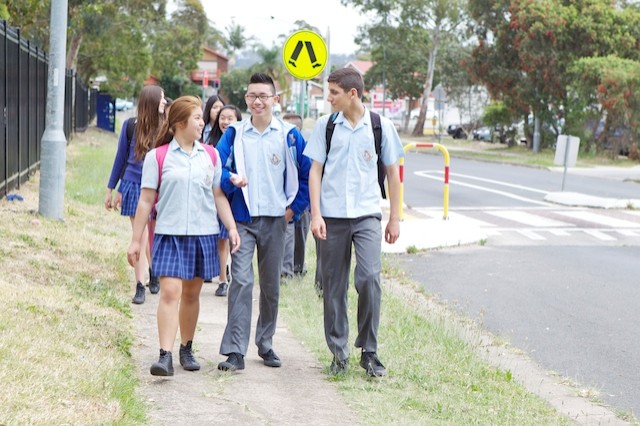
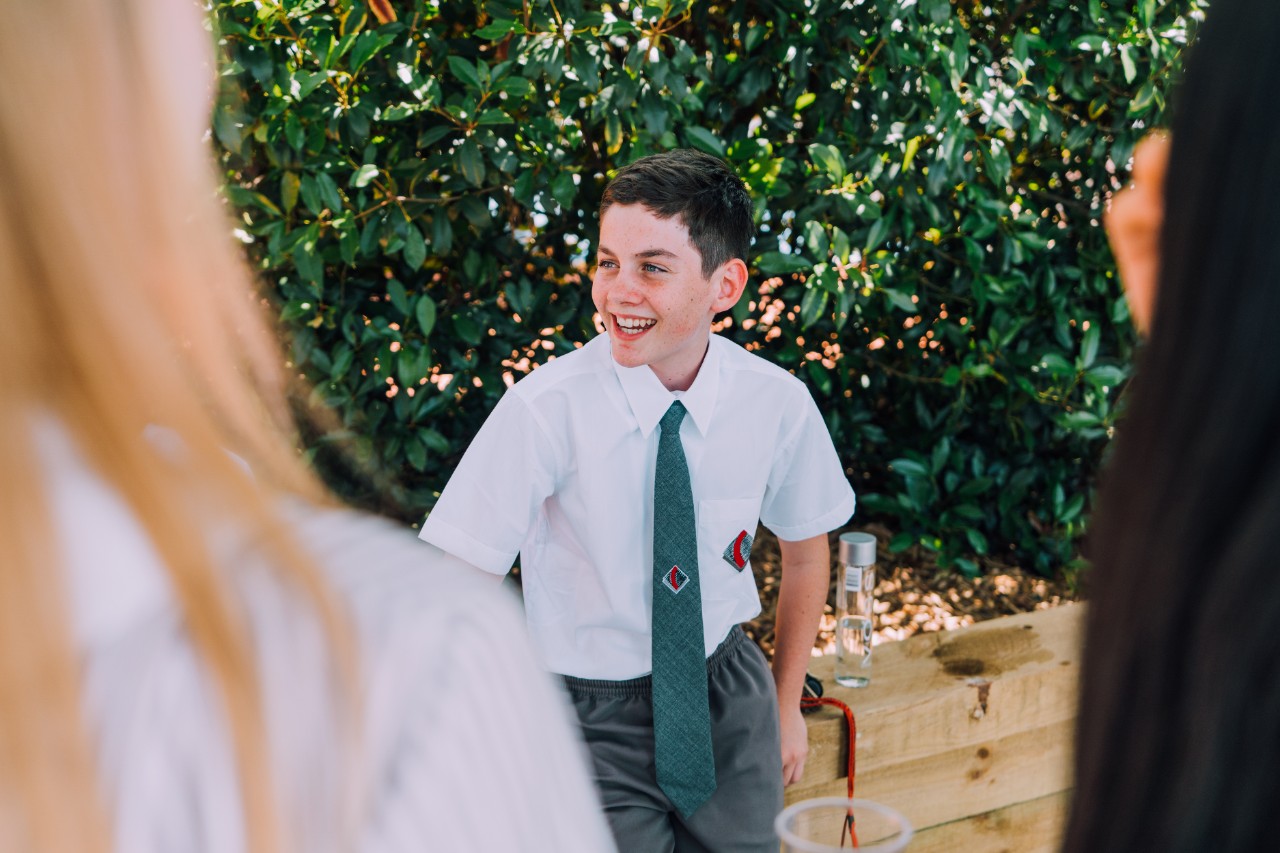
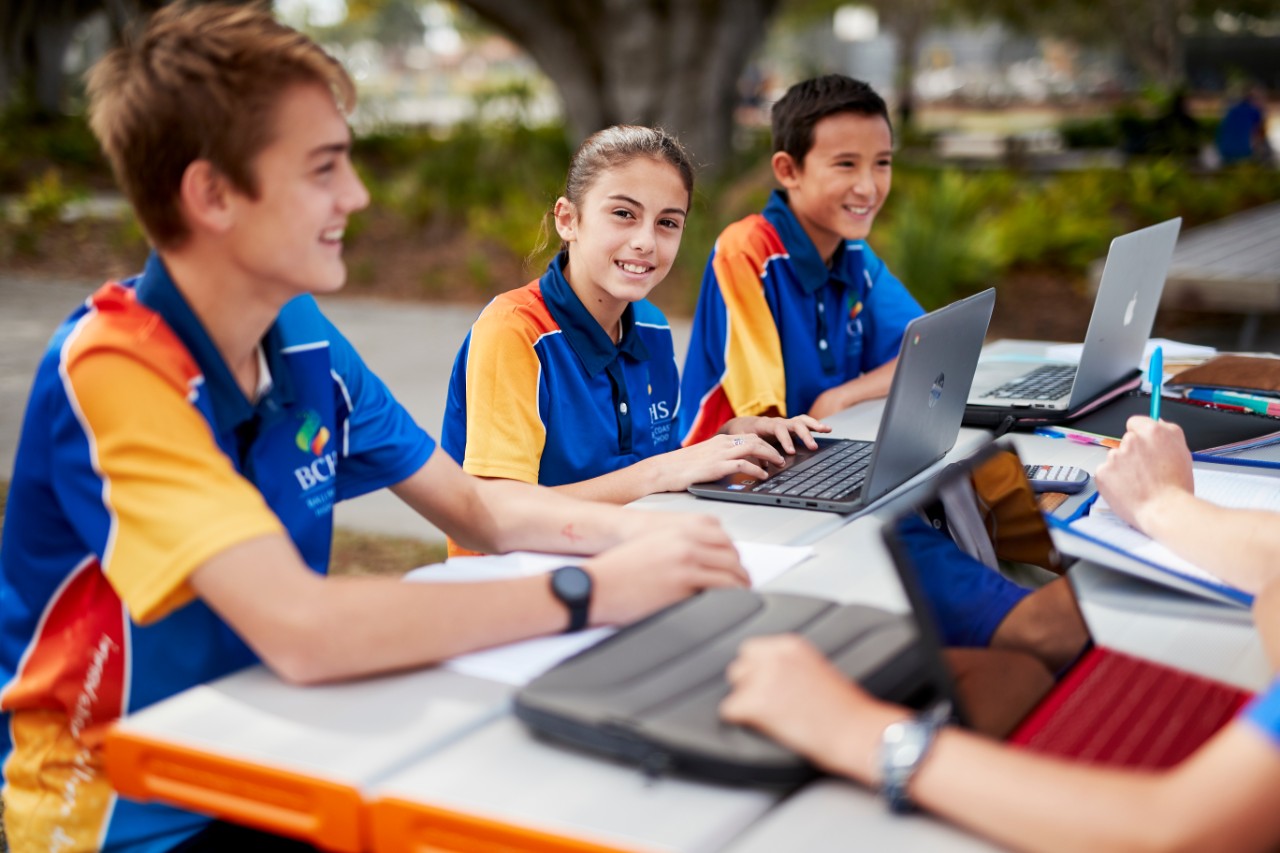
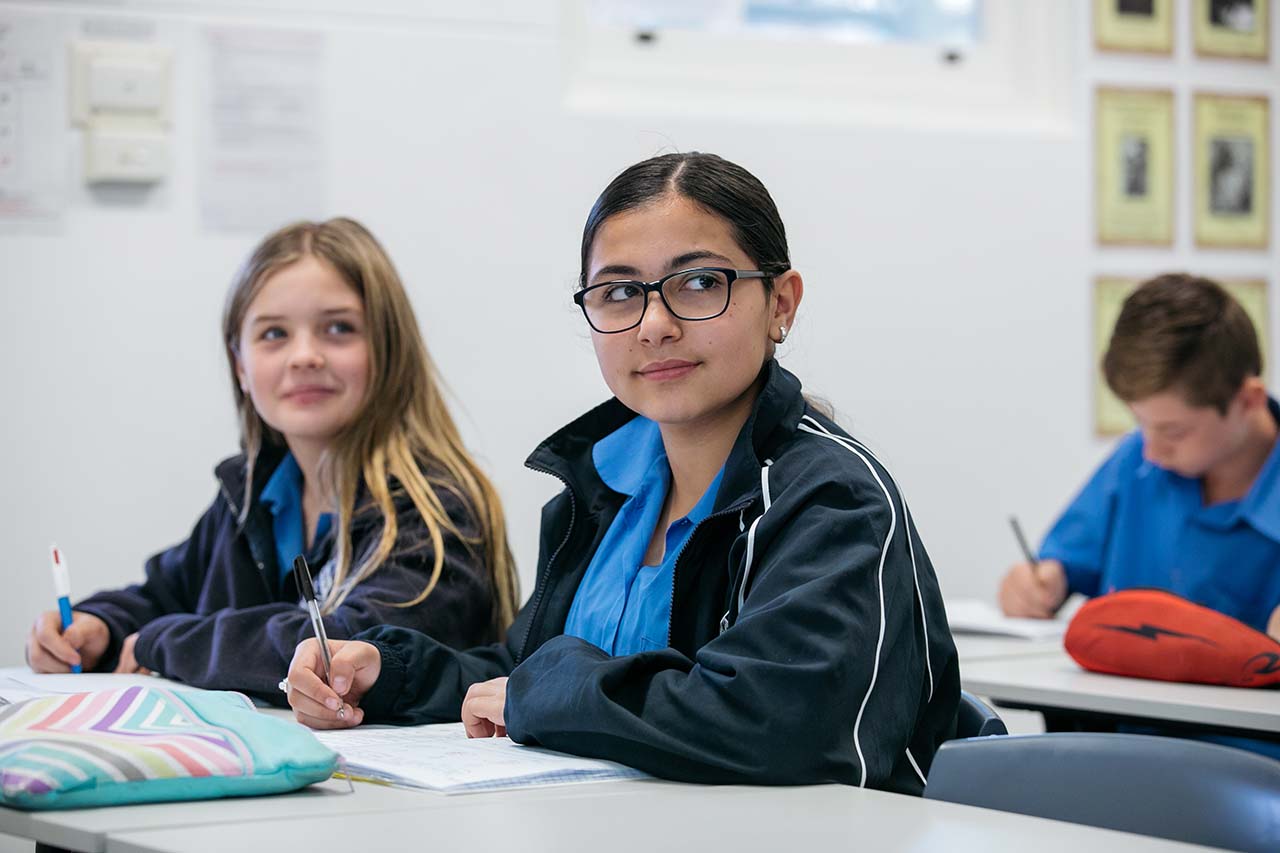
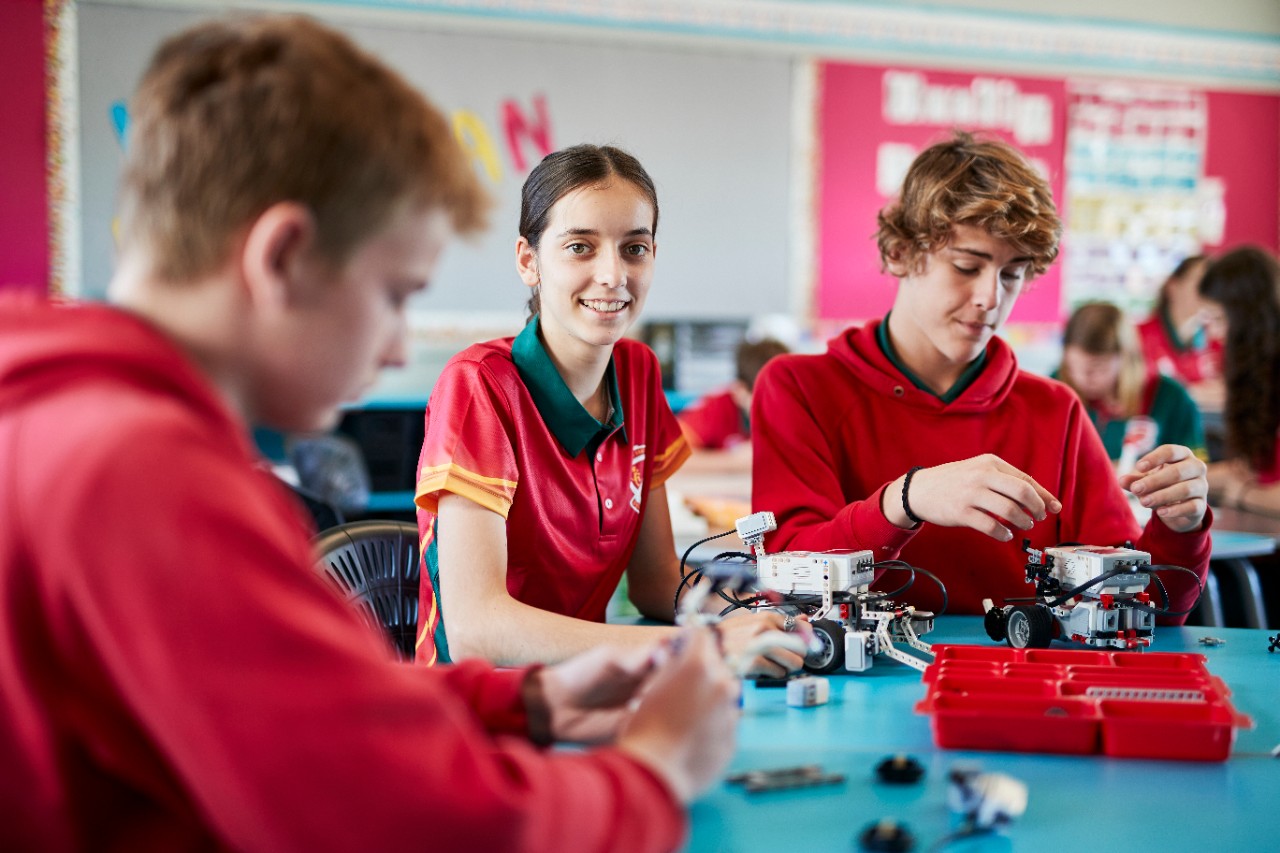
School Excellence Framework alignment
Wellbeing
Australian Professional Standards for Teachers alignment
Standard 1: Know students and how they learn
Audience
Secondary teachers
Purpose
This guide to planning the transition to higher education or employment includes: transition planning, self-advocacy and accessing support. Secondary teachers can utilise this resource to support students in preparation for their post-school transition.
Reviewed
November 2021. Share your feedback here